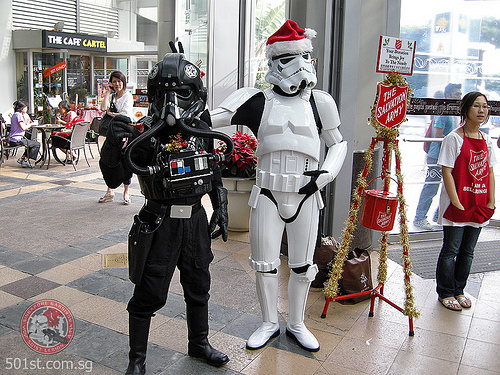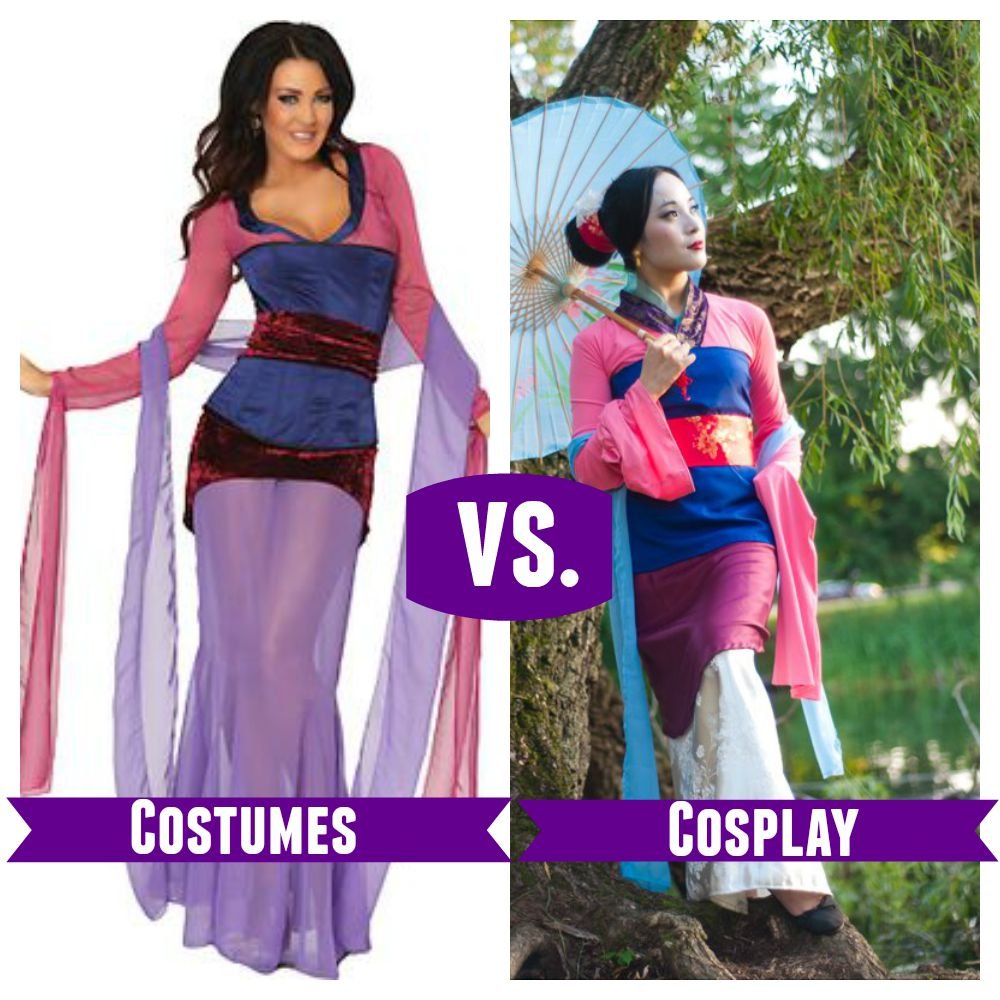Cosplay involves dressing up as a specific character, often from anime, movies, or video games. Costumes are general outfits worn for occasions like Halloween or themed parties.
Cosplay and costumes might seem similar, but they serve different purposes. Cosplay is a hobby and often a form of performance art where enthusiasts embody characters with elaborate outfits and accessories. It goes beyond just wearing clothes; it involves adopting the character’s mannerisms and personality.
Costumes, on the other hand, are typically worn for events like Halloween, masquerades, or themed parties. They are usually less detailed and not necessarily linked to a specific character. Understanding these differences helps in appreciating the dedication and artistry behind cosplay compared to general costume-wearing.
Introduction To Cosplay And Costume
Cosplay and costumes might look the same. But they are not. Cosplay stands for “costume play.” It means wearing costumes to act like a character. This character can be from movies, games, or books. People love to dress up in these costumes. They even act like the character they love. Cosplay is very popular at events and conventions.
Cosplay involves more than just wearing a costume. It is about becoming the character. Fans spend hours on details. They make sure everything looks perfect. The goal is to look and act just like the character. This makes cosplay very special.
A costume is an outfit worn for fun. It can be for Halloween or a party. Costumes can be simple or fancy. But they are often just for fun. People do not always act like the character in a costume. They just wear it for a short time. Costumes are easy to find in stores. They do not need as much detail as cosplay.
Historical Background
Cosplay started in Japan. Fans dressed as characters from anime and manga. This trend grew in the 1980s. People began wearing costumes at conventions. Cosplay is now popular worldwide. It’s not just about the costume. Cosplayers often act like their characters. They perform scenes and take photos. This makes cosplay unique and fun.
Costumes have a long history. People wore them for ceremonies and festivals. Ancient Egyptians used costumes in rituals. Greeks and Romans had costumes for theater plays. In medieval times, people wore costumes for masquerades. Costumes became part of Halloween in the 20th century. Today, costumes are used for many events and celebrations.
Purpose And Intent
Cosplay lets fans become their favorite characters. Fans often spend months making costumes. Many aim for accuracy and detail. They also role-play as characters. This means acting and speaking like them. Cosplayers enjoy sharing their work at events. They often join contests. Some even become famous in the community.
Costumes are mostly for fun and entertainment. People wear them for parties or events like Halloween. Costumes can be simple or elaborate. They don’t always need to be accurate. Most people buy or rent them. Costumes are more about enjoyment than detail. Wearing a costume doesn’t require acting. It’s just about looking the part for a short time.

Credit: ageekgirlsguide.com
Creation Process
Cosplay often involves a lot of detail and accuracy. Fans try to recreate characters as closely as possible. This means using quality materials and spending lots of time. Some cosplayers even make their own props and accessories. They study reference pictures to get every detail right. The process can take weeks or even months.
Costumes are usually simpler and less detailed. People often buy them from stores. They are used for parties or events. Making a costume can be quick and easy. You might use basic materials like fabric and glue. There is less focus on accuracy. The goal is to look good and have fun.
Materials And Techniques
Cosplay uses special materials like EVA foam, thermoplastics, and Worbla. These materials help create armor, weapons, and other props. Cosplayers often use 3D printing for detailed parts. Wigs and contact lenses are also common in cosplay. Paints and airbrushing give a realistic finish to cosplay items.
Costumes use simple fabrics like cotton, polyester, and felt. These materials are easy to sew and find in stores. Costume makers often use store-bought patterns. Costumes are usually less detailed than cosplays. Glue and staples are common for quick fixes.
Communities And Events
Cosplay conventions are special events for fans. People dress as their favorite characters. These events often last several days. Attendees love to show off their detailed costumes. Many people also participate in competitions. The goal is to have the most accurate costume. Workshops and panels help fans learn new skills. Famous guests and celebrity cosplayers often attend. Everyone shares their love for anime, comics, and movies.
Costume parties are fun social gatherings. People wear simple costumes for these events. These parties are often during holidays like Halloween. The goal is to have fun and enjoy the party. Games and activities add to the excitement. Costumes can be store-bought or homemade. Friends and family come together to celebrate. No need for detailed or character-specific outfits.
Performance Aspect
Cosplay involves more than just wearing an outfit. People in cosplay often act as their character. They use special gestures and sayings. Cosplayers may join events and contests. They love to show off their roles. This makes cosplay a deep hobby.
Wearing a costume is usually simpler. People wear costumes for fun or parties. They do not act like the character. Costumes are often seen at Halloween. Costumes can be silly or spooky. There is less focus on acting or role-play.

Credit: sjhexpress.com
Cultural Influence
Cosplay is part of pop culture. Fans dress up as their favorite characters. These characters come from anime, manga, movies, and video games. Cosplayers often make their costumes by hand. They also act like the characters they are portraying. This makes cosplay a form of performance art. Many people share their cosplay at conventions and online.
Costumes are used in movies, TV shows, and plays. Actors wear costumes to look like their characters. These costumes are made by professional designers. Costumes help tell the story in media. They show the time period and setting of the story. Costumes are also worn at Halloween and parties. These costumes are often bought from stores. They are not as detailed as cosplay costumes.
Credit: www.quora.com
Frequently Asked Questions
Is Cosplay Considered A Costume?
Yes, cosplay is considered a costume. It involves dressing up as characters from movies, games, or comics. Cosplay costumes are detailed and often handmade.
Why Do People Say Cosplay Instead Of Costume?
People say cosplay instead of costume because cosplay involves role-playing and embodying a character, not just wearing a costume.
What Is The Difference Between A Costume Party And A Cosplay Party?
A costume party features general themed outfits. A cosplay party involves dressing as specific characters from media like anime, movies, or games.
Is Halloween Costume Cosplay?
Halloween costumes can be considered cosplay if they replicate characters from pop culture. Cosplay usually involves more detailed costumes and role-playing.
Conclusion
Cosplay and costumes might seem similar but have distinct differences. Cosplay involves role-playing and deep character connection. Costumes are typically for events and occasions. Understanding these differences enriches your appreciation of both. Whether you choose cosplay or a costume, enjoy expressing your creativity and passion.

